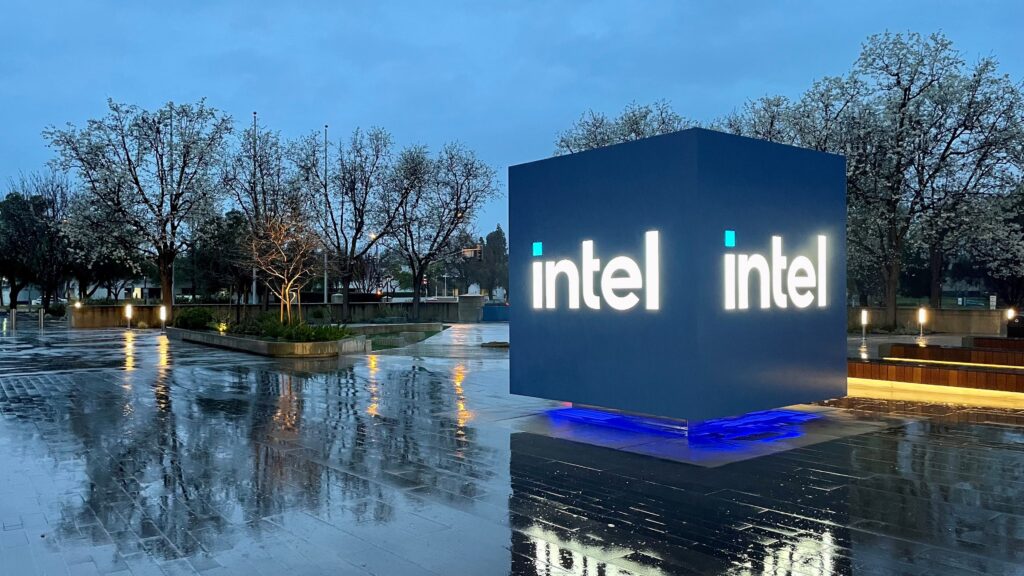seniorspectrumnewspaper – Intel continues to grapple with a shortage of its server and PC CPUs, with customer demand outstripping supply. During a recent Q3 earnings call, Intel CFO David Zinsner confirmed that the shortage affects much of the company’s product lineup. Zinsner stated, “The shortage is pretty much across our business,” adding that Intel expects these tight supplies to continue into next year.
Read More : Fujifilm Instax LiPlay+ Unveiled with Selfie Camera and Sound
The shortage primarily impacts Intel’s older chip manufacturing technologies, specifically Intel 10 and Intel 7 nodes. These older technologies are used to produce “Raptor Lake” desktop processors and server-grade chips. Despite this, Intel has not been investing heavily in the production of these older chip nodes. Zinsner explained that the company is “living off of inventory” to meet the increasing demand.
Surprisingly, demand is high for Intel’s older chipsets, which typically would be less sought after in favor of newer, more advanced processors. While Intel has been working with TSMC to manufacture its latest chips, such as the Lunar Lake processors for laptops and the Arrow Lake desktop chips, customers are still turning to older Intel products. The main driving force behind this demand is the surge in AI computing, which is pushing companies to build new data centers quickly.
Moreover, the shift from Windows 10 to Windows 11 has led to an unexpected increase in demand for new PC hardware. Zinsner noted that this “Windows refresh” has been more significant than expected. Contributing to the strong demand for Intel’s Raptor Lake chips. This is further exacerbated by the industry’s growing reliance on Intel’s server CPUs to support AI workloads.
Intel’s Plans for New Processors Amid Ongoing Shortages
Intel is not resting on its laurels despite the challenges posed by the current shortages. The company has ambitious plans to address the demand with the release of new PC processors. Intel aims to launch its first Intel 18A chips, codenamed “Panther Lake,” by the end of this year. These chips, based on Intel’s 18A process, are seen as critical for the company’s recovery in the market. Intel CEO Lip-Bu Tan emphasized that the company is on track to release additional processors in the first half of 2026.
For the desktop market, Intel is preparing its next-generation Nova Lake product. Which will introduce new architecture and software upgrades aimed at boosting Intel’s position in the gaming space. Tan expressed confidence that this lineup would strengthen the company’s PC offerings. Positioning Intel to deliver its strongest portfolio in years.
Read More : Instagram Launches AI Tools for Editing and Removing Image Parts
The Nova Lake chips will not arrive until next year. Intel will build these desktop processors using its 18A process and TSMC’s chip manufacturing technology. This collaboration with TSMC marks a significant shift in Intel’s strategy, moving away from its traditional in-house manufacturing approach.
As Intel looks to overcome current challenges and expand its processor lineup, the company faces a crucial test. The success of Panther Lake and Nova Lake will play a vital role in shaping Intel’s competitive future. Especially in the increasingly important sectors of AI and gaming.


